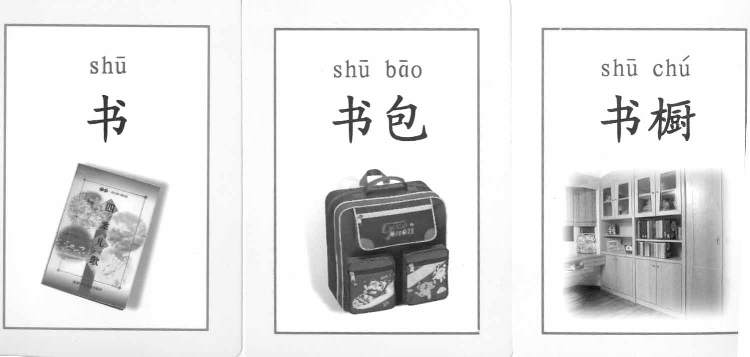

| NEWSLETTER |

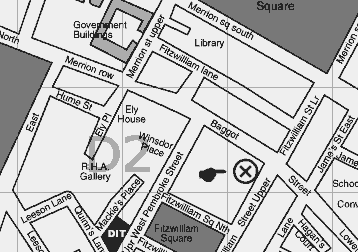
 |
We are delighted with the move, the location is very central, with plenty of public transport passing just a short distance away. It is also great for parking, with ample parking, free after 7.00pm, the whole length of the street. The United Arts Club has a fine lecture room, and our members can relax in the bar before and after the talk, in a most cordial atmosphere |
 |
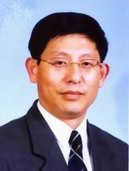 |
"As Ambassador of the People's Republic of China, I am grateful to do something for the Irish-Chinese Cultural Society. There are so many beautiful old Chinese poems what I like very much. It is not easy to choose which are my best favorites. I just send you some, most of which express people's emotion of missing their friends and beloved ones when people can not be together. We can not imagine how our life is like without the friendship and love. I think it is the major reason why I appreciate these poems. You can choose one or two of them for publication in your Newsletter. I enclose a diskette in the letter, and hope it makes easy for you." |
Shui Diao Ge Tou (to "Song for the River Tune ") * by Su Shi (Song dynasty) | |
| "When shall we have a bright moon?" Holding up a wine cup I queried the Blue Heaven: "Tell me, in the celestial palace up so high What year in its annals is tonight." I'd like to ride the wind and go there But was afraid it would be too cold up on high In those sumptuous places and marble halls. I rose to my feet and danced with my own shadow. 'Twas not too bad down here! |
The moon turned round the vermilion penthouse, Casting its beams down through the lattice windows And shining on the sleepless. It need not evoke sadness, you know, But why is it always so bright when the loved one's away? We all have joys and sorrows, partings and reunions. The moon, its phases of resplendence, Waxings and wanings- Nothing in this world is ever perfect. I wish a long life to us all. Then, however far apart we are We'd still be sharing the same enchanting moonlight. |
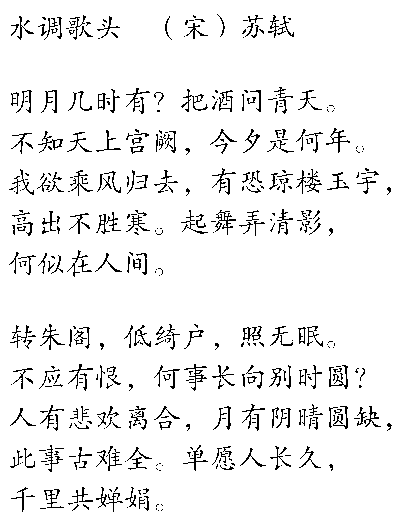 |
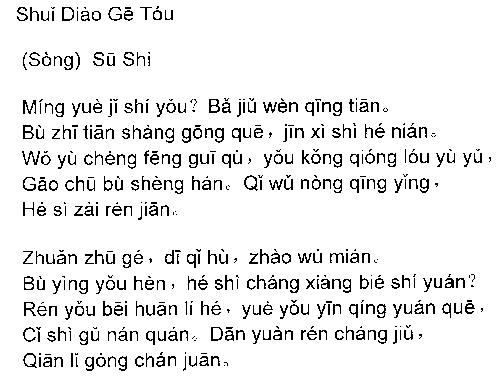 |
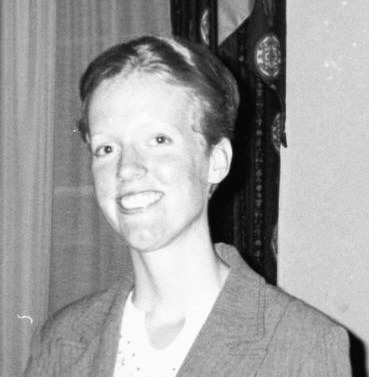
Sharon decided early on in her stay to seize with both hands the opportunity she was presented with: to avoid any whiff of expatriate isolation, and to immerse herself completely in the language and culture around her. |
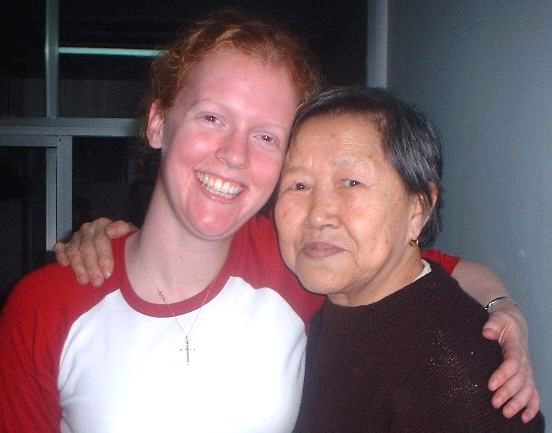 |
She was very fortunate to be
enthusiastically assisted in this by "laolao", the granny in her host-family. They became great friends despite an age difference of about 50 years, and this autumn, Sharon was able to re-visit her and all her other friends in Mudanjiang. |
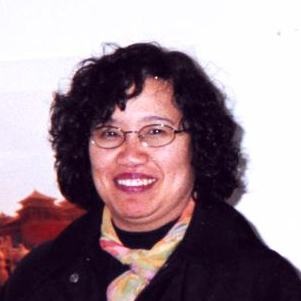 |
 |
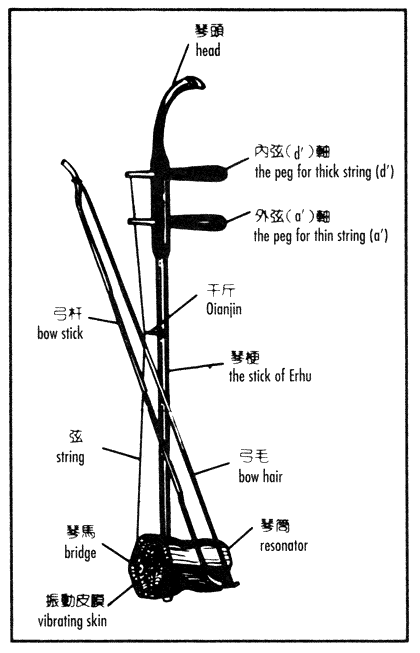 |
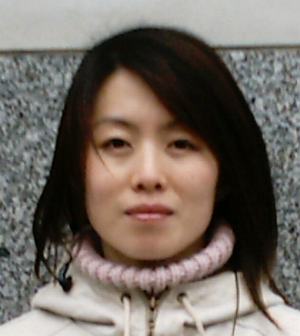 |
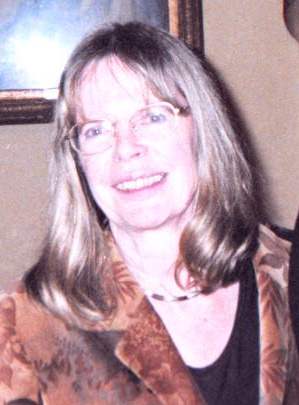
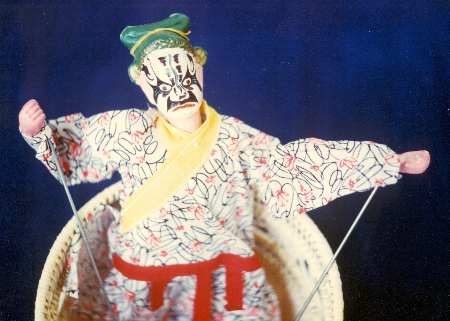
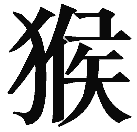 |
| 2004 Year of the Monkey January 22, 2004 ushers in the Year of the Wood/Green Monkey "Jia Shen". A Year of Movement, discussion and the exchange of ideas. A year highlighting: Politicians, diplomats, ambassadors, writers, spokesmen, storytellers, orators, salesmen, and confidence games. |
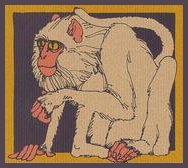 Welcome to the "Riverboat Gambler" year of the Chinese zodiac - the Irrepressible Monkey |
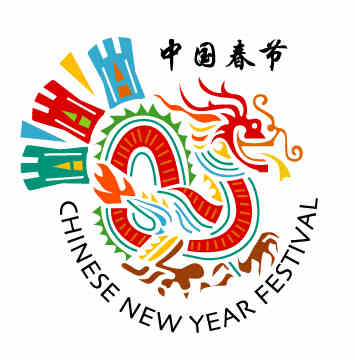 |
For four days, between the 24 and 27 January 2004 (Sat. - Tues), Smithfield will be transformed into Chinatown - a fusion of Asian and Irish culture bustling with entertainment, activities and street traders. The Chinese Embassy has donated two large Chinese lions as a gift to the festival. Smithfield Square will be decorated traditionally with Chinese lanterns, banners and flags. |  |
| There will be Kung Fu demonstrations, Tai Chi, Lion dances, musicians and surprise guest artists. Smithfield will become a vibrant, colourful marketplace selling Chinese food, goods and wares. We hope to keep you updated on further developments. | ||
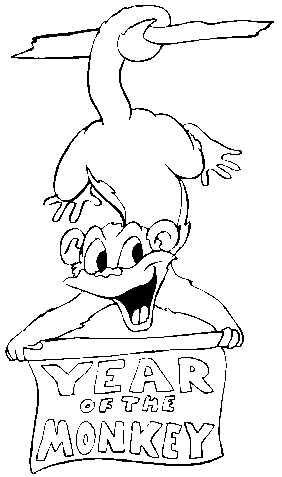 |
The Irish Chinese Contact Group are hosting their Chinese New year Celebration in Kilkenny. They have organized an afternoon Dinner at the Ormond hotel in the center of Kilkenny City on the 31st January at 3 pm. They have children's entertainment arranged for 2.pm followed by a Chinese Meal. For those not wishing to eat Chinese the chef has arranged an alternative menu. The Irish Chinese Contact Group is an all Ireland organization set up to assist people wishing to adopt from China. They assist people in their document preparation, they advise people on the adoption procedure, they assist in post placement issues, they provide a forum for adopted parents to discuss issues of child development. They also provide a cultural and social programme to its members. If you want further details on their New Year Dinner or any other matter, you can contact their secretary at iccg@eircom.ie or the Chairperson Anne McKiernan tel: 021-4291840 |
 |
The landscape, flower and bird types of painting, together with the earliest human figure painting, comprise the three main categories of traditional Chinese painting. The court style of painting tended to be elaborate and ornate. In contrast, the literati painters preferred to paint according to their own fancy and without restriction, and advocated a fresh, free, understated and elegant style. The names of the sender and recipient, along with the chop of the artist, are an integral part of a traditional Chinese painting. |
 |
 |
 |
|
|
|
A Chinese Proverb There is no victory in winning a hundred battles. There is victory in subduing your enemy without fighting at all. Sun Zi, Spring and Autumn Period. |
